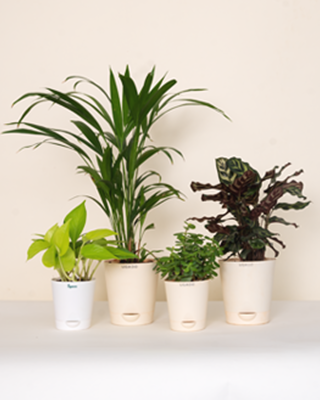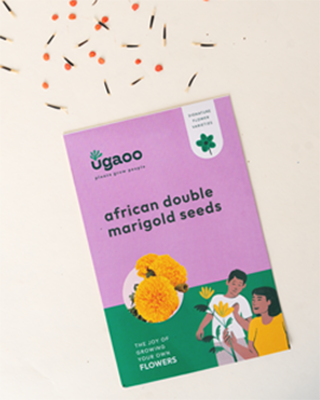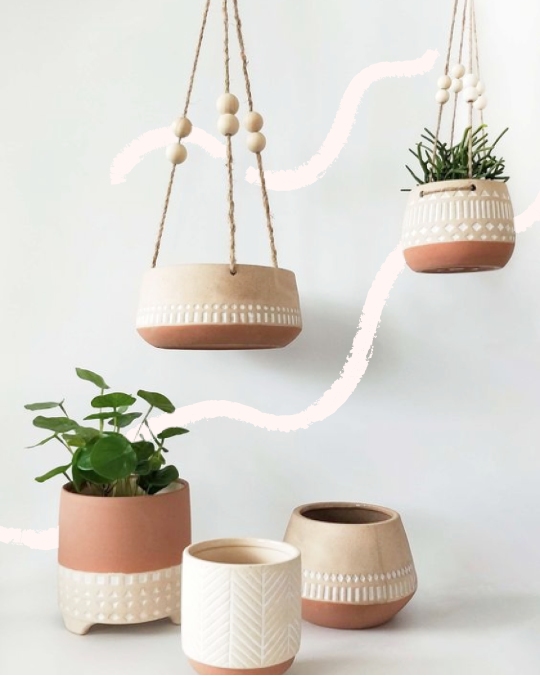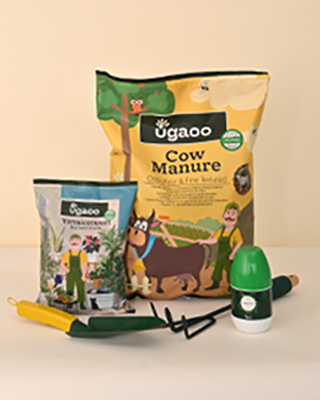Introduction
Growing potatoes is a simple yet rewarding gardening experience that anyone can enjoy. Whether you’re growing them for food or fun, they’re versatile plants that can be grown in many ways. This guide will explore the concepts you need to know about harvesting potatoes. From the best way to plant them to how to care for them and harvest them, we’ve got you covered.
Potato Varieties
Different varieties of potatoes and sweet potatoes can be grown, each with its unique flavor and characteristics. Some of the most common potato varieties include:
- Yukon Gold: A buttery yellow potato perfect for mashed potatoes, baking, and roasting.
- Russet: A large, brown potato ideal for baking and making french fries.
- Red Pontiac: A bright red potato great for boiling and steaming.
- White: A small, delicate potato perfect for salads and other light dishes.
Irrespective of the type of potato you choose to grow, it is important to provide them with the proper care to produce a bountiful crop. You must keep a regular check on the potatoes as they grow and harvest them when they reach maturity. With a little effort, you can enjoy delicious homegrown potatoes all season long!
Planting Potatoes
When it comes to growing potatoes, there are a few things you need to consider. First, potatoes need full sun and well-drained soil. They also prefer soil with a pH of 5.5 to 6.5 (slightly acidic).
If you're growing potatoes in containers, ensure the pots are at least 12 inches deep. You'll also need to water the potatoes more frequently than if you were growing them in the ground.
When planting the potato or sweet potato plant seeds, you can plant them whole or cut them into smaller pieces. If you cut them, ensure each piece has at least two eyes. Plant the seeds about 10-12 inches apart and 4-6 inches deep.
Once the plants have grown to be about 6-8 inches tall, you'll need to hill them up by mounding the soil around the base of the plant. This will help protect them from sunlight. Direct sunlight can cause them to turn green and taste bitter.
Potatoes are typically harvested about 2-3 months after planting, depending on the variety you're growing. To harvest, dig around the plant carefully with your hands or a shovel and pull up the tubers.
Buy Vegetable Seeds
Caring for Potato Tubers
When caring for potato tubers, there are a few key things to keep in mind. First, potato plants need full sun exposure to produce the best yields. If you reside in a place that experiences hot summers, you may need to provide some afternoon shade for your plants.
Second, it is important to have well-drained soil that is high in organic matter for growing potatoes. Be sure to loosen the soil around your plants regularly to prevent compaction and encourage proper root development. You also need to nourish the soil with good-quality plant growth fertilizer.
Finally, water is critical for growing potatoes. Aim to keep the soil evenly moist throughout the growing season. An excessive amount of water or very less water can cause issues such as poor yields, insect infestations, and disease.
Harvesting Potatoes
Potato is a tuber that you would need to plant underground. It is a starchy, slightly sweet vegetable that is a staple in many diets worldwide. Potatoes can be eaten raw, cooked, or fried. They can also be used to make starch, flour, and alcohol.
Potatoes can be grown from potato tubers, small pieces of potato that contain eyes (or buds). Seed potatoes are available for purchase from garden centers or online retailers. They can also be saved from last year's crop.
Steps for Growing Potatoes:
-
Prepare a bed in well-drained soil in full sun.
-
Space the seed potatoes 12 inches apart and plant them 2-3 inches deep.
-
As the plants grow, pile up soil around the base to keep the tubers covered.
Harvest potatoes when the plants have died and the tubers are fully grown. This typically occurs about 3-4 months after planting. Use a gardening fork to dig up the tubers carefully. Keep them in a cool, dark place until you're ready to use them.
Storage of Potatoes
You may need to be alert about certain things when storing potatoes. First, they should be kept in a cool, dark place, like a cellar, or you can also store them in a paper bag in the fridge.
Second, potatoes should not be stored next to other fruits and vegetables. This is because they give off ethylene gas. The gas quickly spoils other stored fruits and vegetables.
Third, potatoes should be stored in a single layer, so they don't touch each other. This will make them stay fresh for longer.
Finally, check on your potatoes regularly and use any that are starting to sprout or look wrinkled. These potatoes won't last as long as fresh ones.
Growing potatoes is a rewarding and fulfilling job. However, you must ensure planting them the right way, taking care of their nourishment & the amount of water required, and finally, storing them properly.
Read More-














